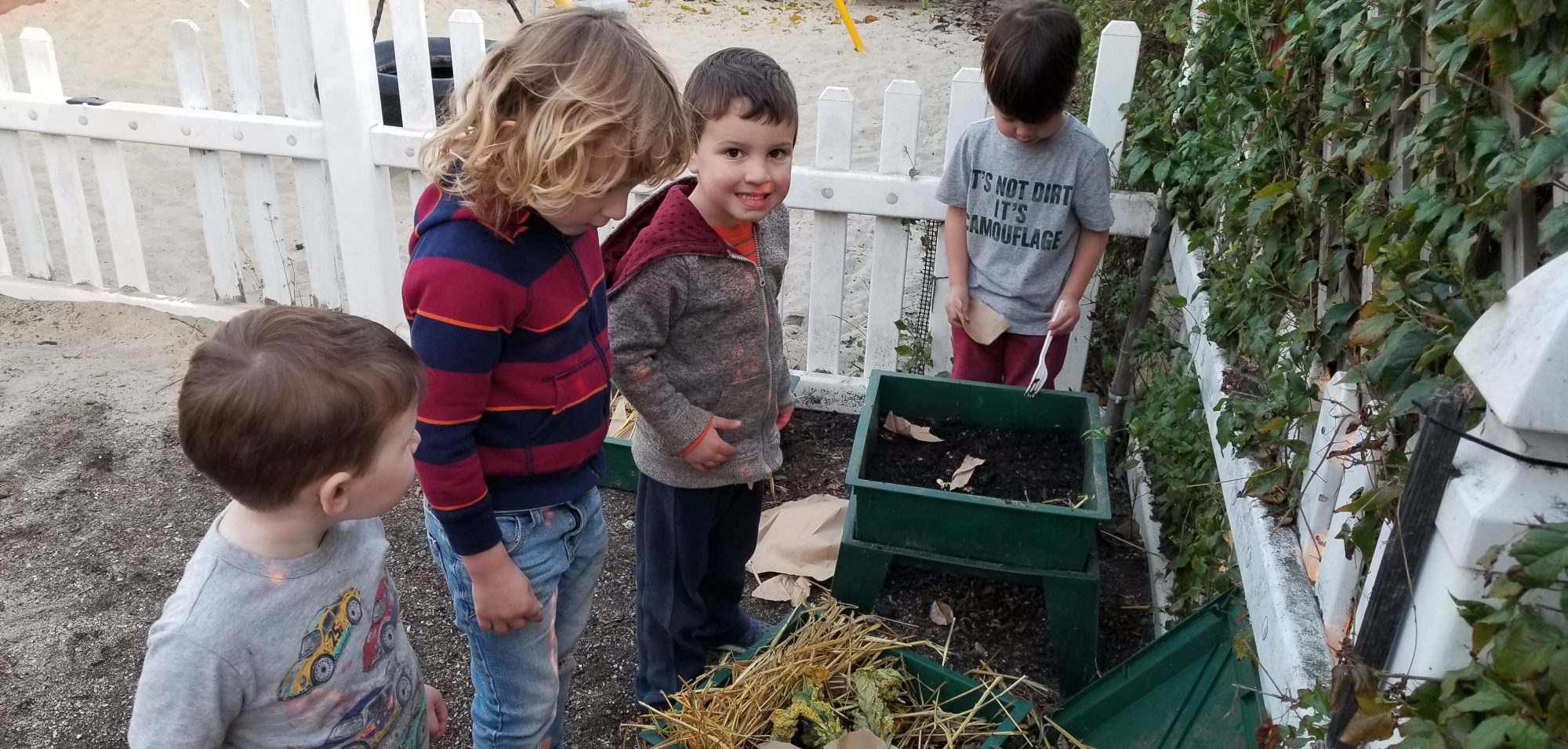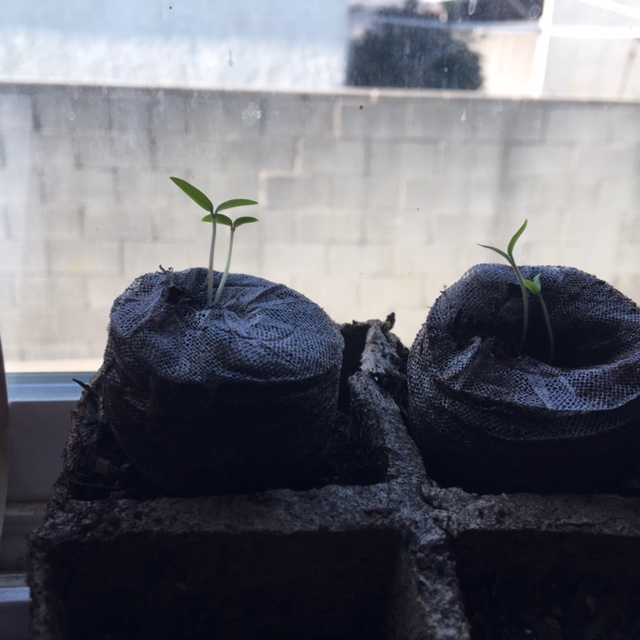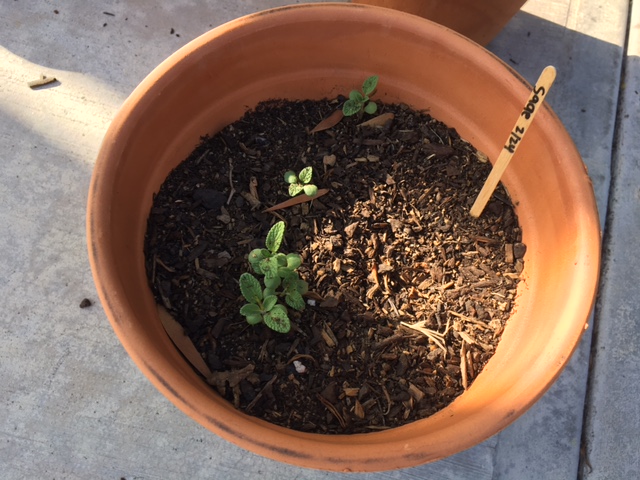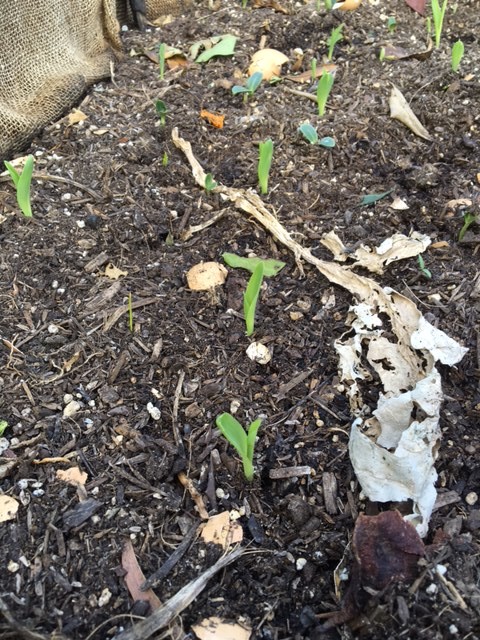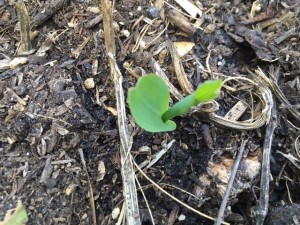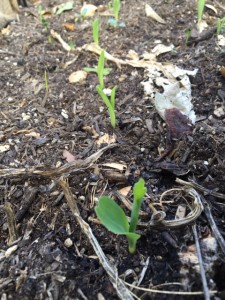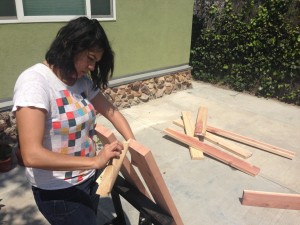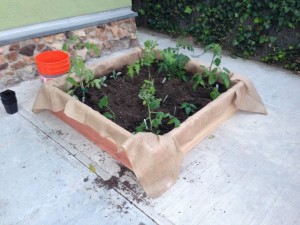My wonderful partner is typically good about not judging the messes I create around the house – from the garbage bin in my front yard that I call my compost bin, to my kitchen seedlings.
I’m trying my very best to declutter but it’s almost time for Spring Tomatoes so I’m trying to strike a balance between keeping a peaceful home and saving a few bucks on tomatoes.
I bought these amazing seeds from Seed Savers Exchange
Usually I can get these seeds to sprout, but around this time they start dying on me. It took about 7-10 days to get these seeds to sprout indoors.
The pods are cool too but I don’t believe they’re organic and may have fertilizer. I’m going to start doing less of this as I become more successful of a pseudo gardener.
